Hoops Rumors is breaking down the 2021 offseason for all 30 NBA teams, revisiting the summer’s free agent signings, trades, draft picks, departures, and more. We’ll evaluate each team’s offseason moves and look ahead to what the 2021/22 season holds for all 30 franchises. Today, we’re focusing on the Sacramento Kings.
Free agent signings:
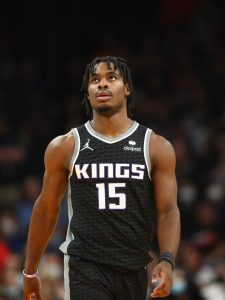 Note: Exhibit 9 and 10 deals aren’t included here.
Note: Exhibit 9 and 10 deals aren’t included here.
- Richaun Holmes: Four years, $46.52MM. Fourth-year player option. 15% trade kicker. Re-signed using Early Bird rights.
- Maurice Harkless: Two years, $8.91MM. Re-signed using Non-Bird rights.
- Terence Davis: Two years, $8MM. Re-signed as restricted free agent using Early Bird rights.
- Alex Len: Two years, $7.65MM. Signed using mid-level exception.
Trades:
- Acquired Tristan Thompson from the Celtics in a three-team trade in exchange for Delon Wright (sent to Hawks).
Draft picks:
- 1-9: Davion Mitchell
- Signed to rookie scale contract (four years, $20,951,517).
- 2-39: Neemias Queta
- Signed to two-way contract.
Contract extensions:
- None
Departing players:
- Kyle Guy
- Justin James
- Hassan Whiteside
- Delon Wright
Other offseason news:
- Team owner Vivek Ranadivé bought out shares of multiple minority stakeholders.
- Hired Doug Christie and Mike Longabardi as assistant coaches; lost assistant coaches Rex Kalamian and Jesse Mermuys.
Salary cap situation:
- Remained over the cap and below the tax line.
- Carrying approximately $130.4MM in salary.
- $5,804,000 of non-taxpayer mid-level exception still available ($3,732,000 used on Alex Len).
- Full bi-annual exception ($3,732,000) still available.
- Two traded player exceptions available, including one worth $3.6MM.
The Kings’ offseason:
The most notable aspects of the Kings’ offseason were the things they didn’t do. They tried to pull off a blockbuster deal with the Lakers involving Buddy Hield, who had just completed the first year of a four-year, $94MM contract extension. However, Los Angeles shifted gears when Russell Westbrook became available and moved some of the pieces that may have gone to Sacramento — including Kyle Kuzma and Montrezl Harrell — to Washington.
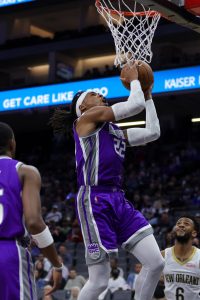 The Kings also explored trades for colossally disappointing Marvin Bagley III, the No. 2 pick of the 2018 draft. They couldn’t move the oft-injured Bagley, then declined to pursue a rookie scale extension with the young big. He’s currently buried on Luke Walton’s bench.
The Kings also explored trades for colossally disappointing Marvin Bagley III, the No. 2 pick of the 2018 draft. They couldn’t move the oft-injured Bagley, then declined to pursue a rookie scale extension with the young big. He’s currently buried on Luke Walton’s bench.
Re-signing center Richaun Holmes was a priority, but heading into free agency it was anticipated that the Kings would be priced out of his market. Speculation was that Holmes would command between $15-$20MM annually, so Sacramento was pleasantly surprised to retain his services for four more seasons at less than $12MM per year.
Defense-oriented veteran wing Maurice Harkless re-signed at a reasonable price and Sacramento retained young shooting guard Terence Davis, who was acquired from Toronto for a second-round pick prior to last season’s trade deadline.
The Kings also brought back center Alex Len for a second stint. Len was with the club during the 201920 season. He and Tristan Thompson will provide depth in the middle behind Holmes.
Thompson was the only player Sacramento wound up acquiring via the trade route — his expiring $9.72MM contract may be more valued by the front office than whatever he’ll add on the court.
Draft night produced Sacramento’s biggest offseason addition. The Kings surprised a lot of people by adding Baylor star Davion Mitchell to their backcourt with the No. 9 pick. Mitchell’s perimeter defense and winner’s mentality were coveted by an organization lacking in both areas. His ability to distribute the ball and knock down 3-pointers added to his appeal.
The Kings’ season:
In an ironic twist, the Kings are trying to end their 15-year postseason drought by emphasizing continuity. Walton is in his third year as head coach and the club has a quality, youthful backcourt rotation led by De’Aaron Fox, Tyrese Haliburton and rookie Mitchell. Re-signing Holmes provided some stability to the big man rotation.
A trip to the playoffs should certainly be the expectation for this group, since it’s had ample time to build chemistry. Finding a new home for Bagley would be a bonus — the current situation doesn’t seem particularly healthy for either party. A strong season from Hield, who has become a high-priced sixth man, is also a necessary ingredient for a playoff push. Sacramento thus far is off to a 4-4 start with Harrison Barnes showing signs that he might have a career year.
If the Kings come up short again, there will certainly be many more changes made next offseason, or perhaps even before this season’s trade deadline if things go sour this winter.
Salary information from Basketball Insiders and Spotrac was used in the creation of this post. Luke Adams contributed to this post.
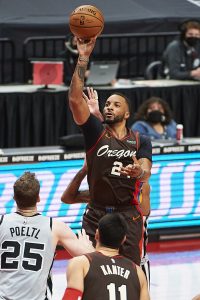
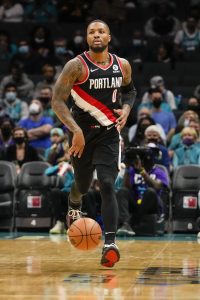 The six-time All-Star professed his loyalty to Portland over and over again during his first nine years in the NBA, but a frustrating 2020/21 season made him question that commitment, if not for the first time then at least more seriously than he has in the past. For several weeks, it seemed as if Lillard might be on the verge of requesting a trade, especially since the Blazers didn’t exactly swing for the fences with their moves in free agency.
The six-time All-Star professed his loyalty to Portland over and over again during his first nine years in the NBA, but a frustrating 2020/21 season made him question that commitment, if not for the first time then at least more seriously than he has in the past. For several weeks, it seemed as if Lillard might be on the verge of requesting a trade, especially since the Blazers didn’t exactly swing for the fences with their moves in free agency.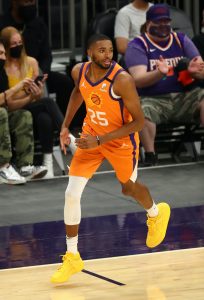
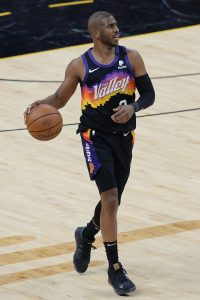
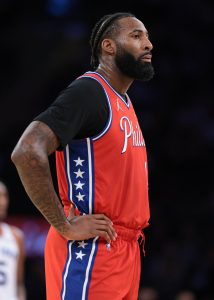 Note: Exhibit 9 and 10 deals aren’t included here.
Note: Exhibit 9 and 10 deals aren’t included here.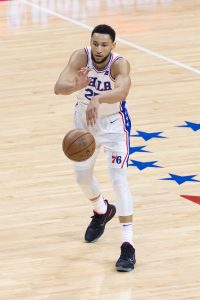 Instead, the Sixers were all over the news, thanks to their disgruntled point guard in the early stages of his maximum-salary contract.
Instead, the Sixers were all over the news, thanks to their disgruntled point guard in the early stages of his maximum-salary contract. 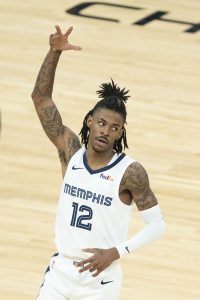
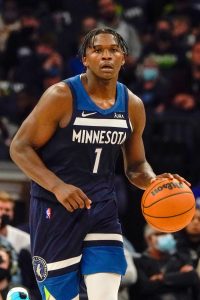
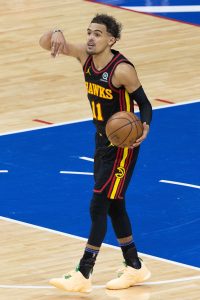 2021/22:
2021/22: 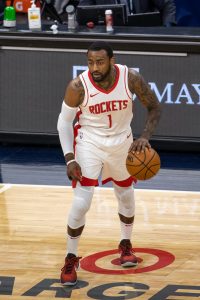
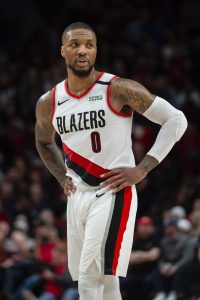 2021/22:
2021/22: